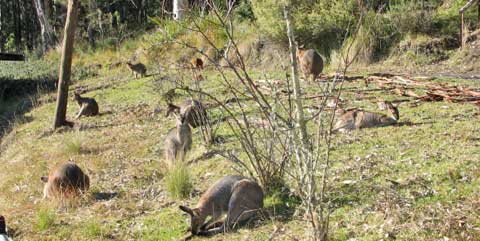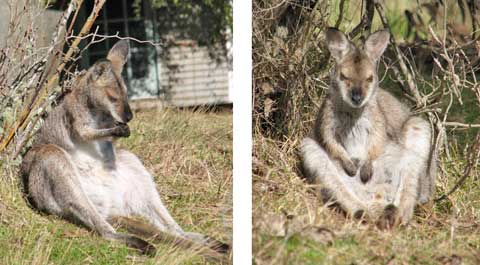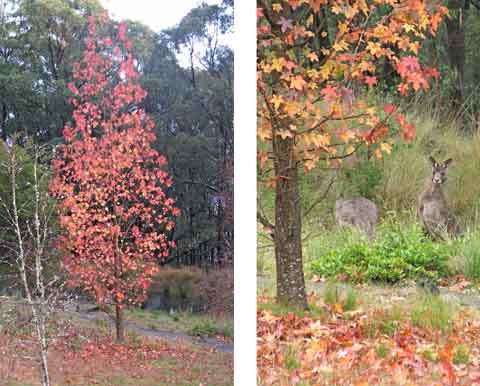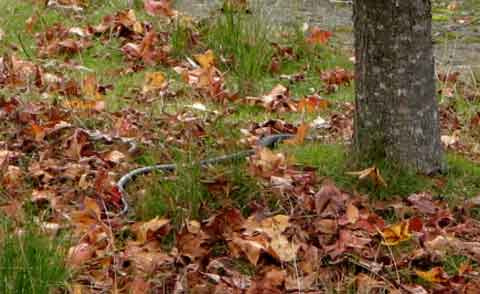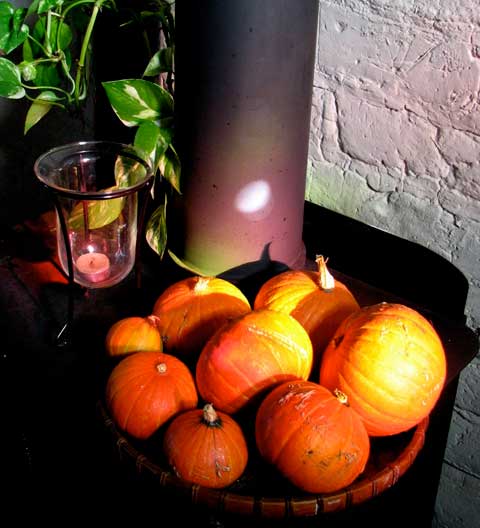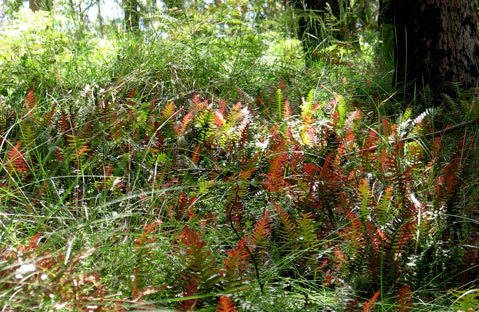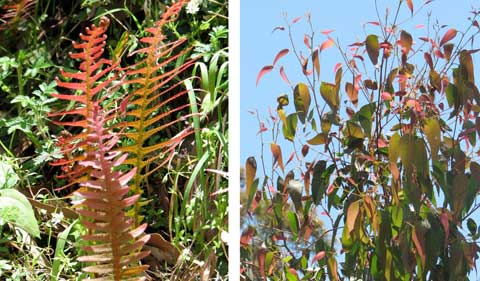Spring is here, with welcome rain freshening the creek, which had slowed and dropped alarmingly.
Having only one tank here, when I used to have four, is nerve-wracking.
Nights are still cool enough for a fire, and mornings are bright and crisp.
Not so crisp as to make me want to stay in bed, however. I am happy that the light is waking me up earlier, so sunrises are back on my radar.
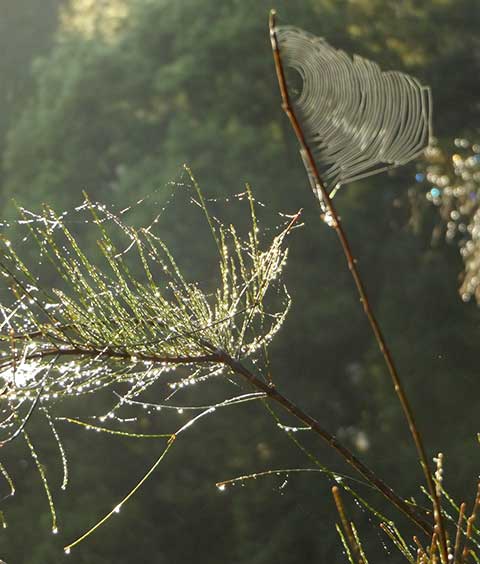
Dews are heavy of a morning, bringing endless varieties of bejewelled webbing designs.
The grand she-oaks are especially favoured, with one branch bearing an unusual flag-shaped web.
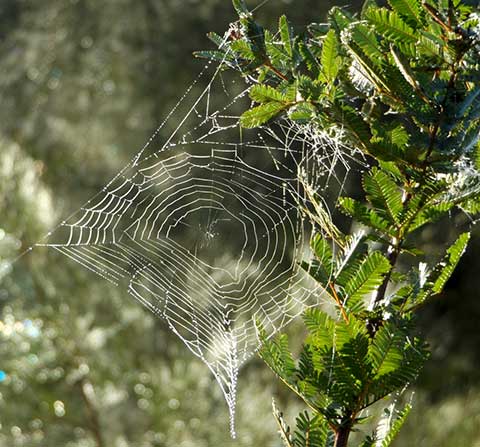
The small Acacia Baileyana wattle that I planted only months ago had not been forgotten.
It hasn’t flowered yet, but who needs flowers when you have strings of pearls?
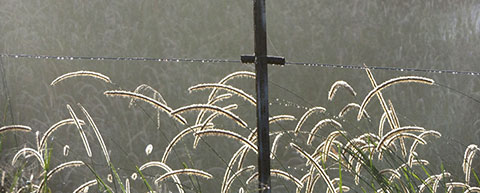
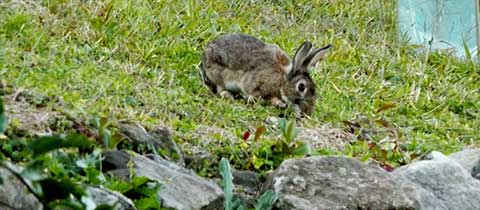
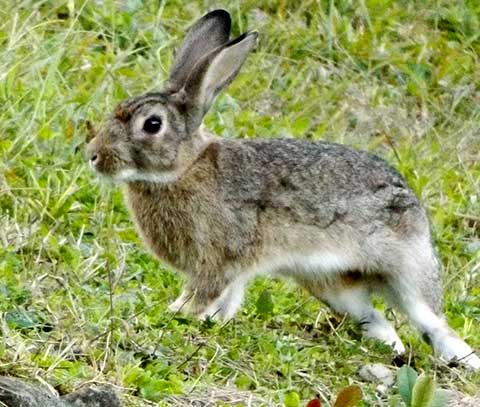
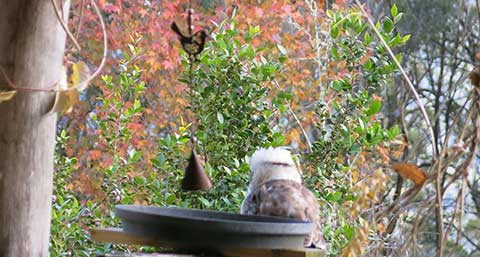
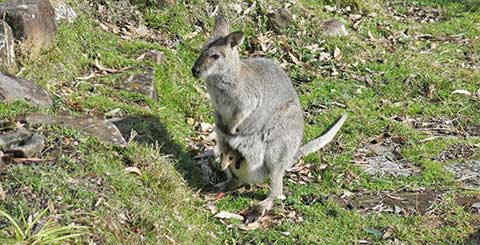
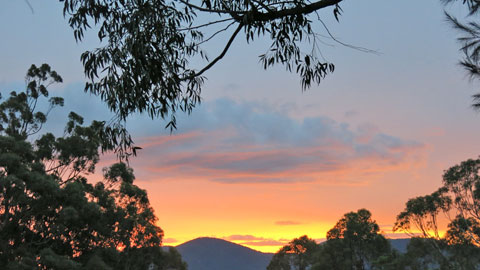
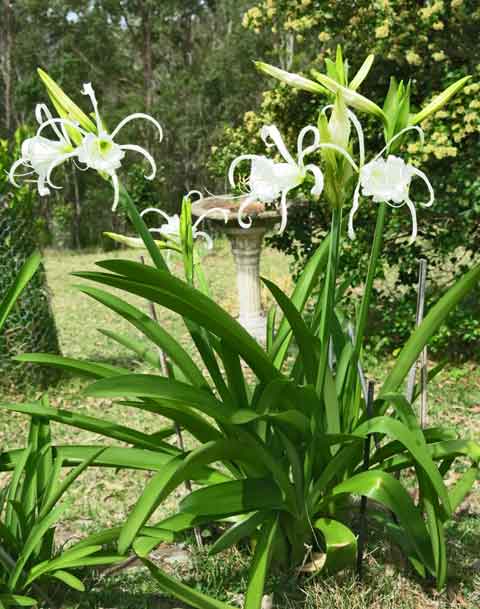
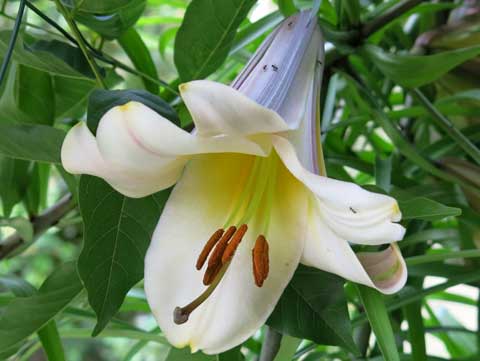
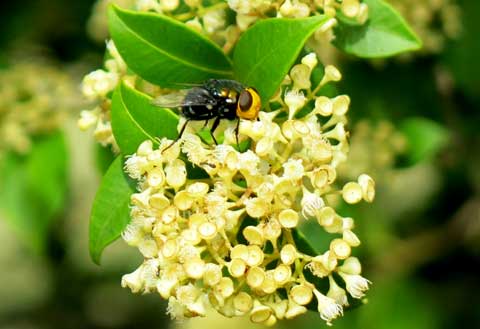
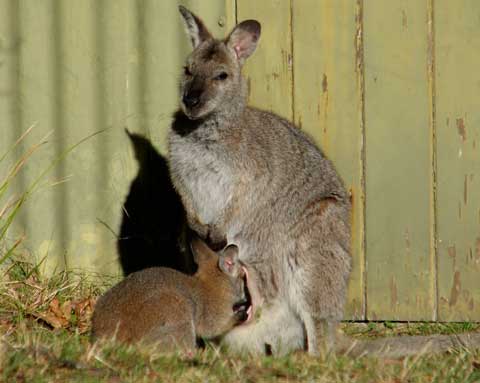

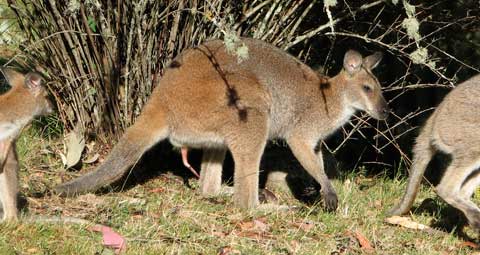
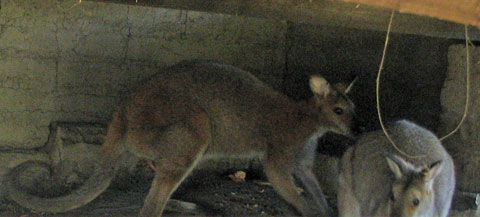
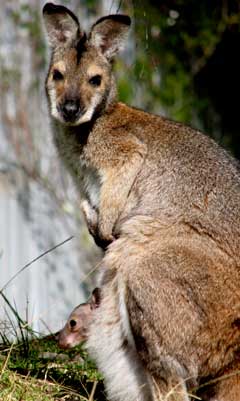 We all know how mothers have to be on the ball to keep an eye on the young. This was borne home to me afresh by my wallaby mates lately.
We all know how mothers have to be on the ball to keep an eye on the young. This was borne home to me afresh by my wallaby mates lately.